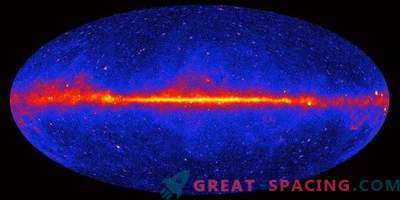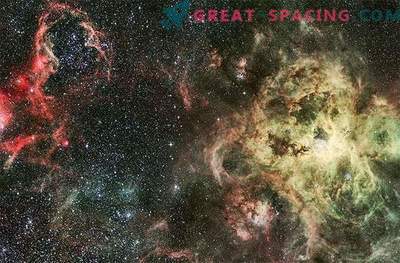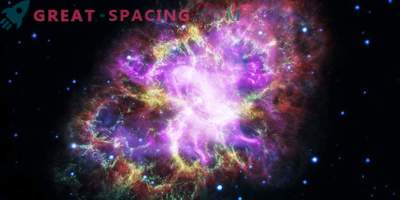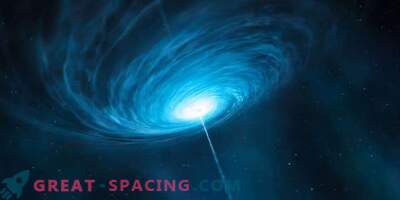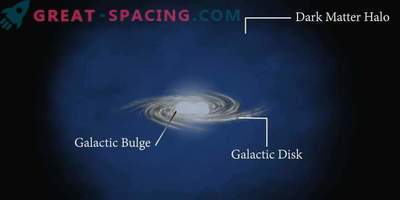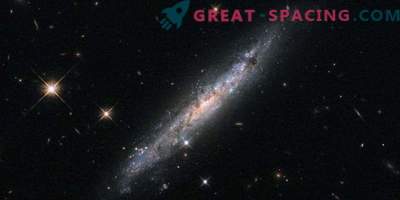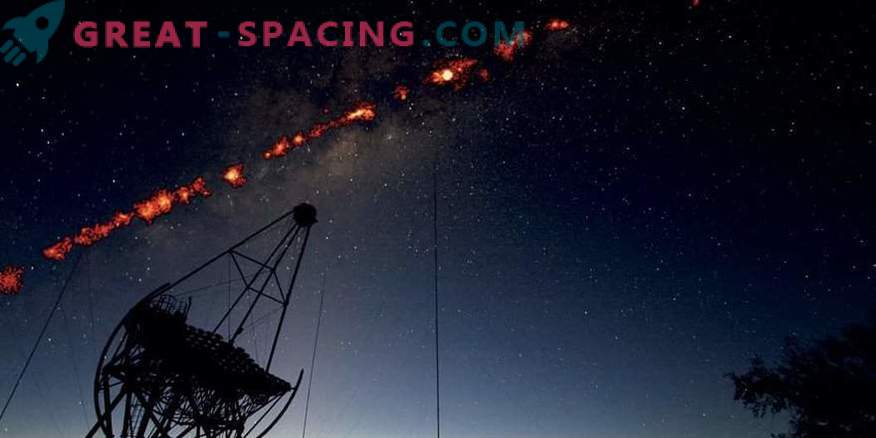
Montage of galactic sources of gamma radiation in the Milky Way above the HESS telescope in Namibia
Scientists with the participation of the University of Adelaide registered more than 70 high-energy sources of gamma rays, among which there were 16 previously not found on the territory of the Milky Way.
Gamma radiation is the highest energy form of light. They are studied by astronomers and astrophysicists from around the world, because they can be used to track the origins of cosmic rays - elusive charged particles that are important components of the universal evolution.
With the help of the HESS telescope in Namibia, we have been able to study our galaxy in gamma-light for the past 15 years. One particular source of gamma rays attracted particular attention. He was found in an unusual star cluster, where one of the most massive and energetic young stars is located. This is a bright blue variable LBV1806-20. The cluster also contains a rare and extremely magnetic neutron star (magnetar). But researchers believe that gamma rays are associated with the bright blue variable. If this is the case, then for the first time the study of gamma rays collided with such a massive star. Prior to this, the sources were pulsars and supernova remnants.
But it is impossible to completely eliminate the connection with magnetar and other stars, so you have to wait for the appearance of more powerful equipment to clarify the details. Among other discoveries in the Milky Way mentioned the most accurate image of the source of gamma rays - the supernova remnant.
HESS is a system of four 13-meter (in diameter) and one 28-meter telescopes sensitive to gamma radiation (100 billion times more energy than optical light).
